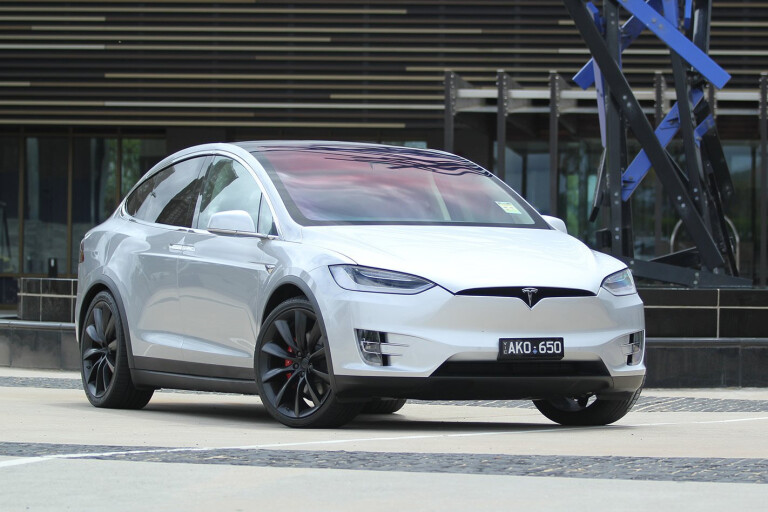
WE ALL know that electrification of cars is the coming revolution. Whether you see that as a good thing is a different question altogether, but we decided to dig into sales data to try to plot the date when electric vehicles outsell their petrol and diesel equivalents here in Australia.
There are some impediments to just using historical numbers to plot that line. Australia has long been a laggard in the adoption of electric vehicles, largely due to the distances Aussie buyers drive, the lack of charging infrastructure and our curious combination of extremely low petrol pricing and sky-high electricity costs. In other words, we don’t hold it against you for not buying an EV.
But things are certainly changing and the prime impetus for EV sales in this country will be legislation. Or more to the point, that moment when we’re taxed out of internal combustion engines (ICEs) and into electric vehicles, whether those volts come from the juice of a plug or a hydrogen fuel cell.

The raw data of EV sales in this country at first looks laughable. Using the latest VFACTS sales report, this year to date to April 2019, 324 electric and plug-in hybrid cars and SUVs were registered by private buyers. That’s set against 101,810 petrol and diesel vehicles. In other words, cars that you can plug into the mains made up around a fifth of one percent of private sales. At this point last year those totals stood at 119 and 126,299 respectively. EVs have better than doubled (a growth of 172.3 percent) and ICEs have contracted by 19.4 percent.

Extend those two lines at those rates and EVs come close to deposing ICE vehicles in 2027 (just eight years’ time) and overtake them comfortably by 2028. By 2030, when many governments are predicting a phase-out of ICE vehicles, EVs would outsell their fossil-fuelled equivalents by almost nine to one in Australia. Do low initial take-up rates of EVs skew that data by artificially inflating growth? Possibly. After all, the same VFACTS report showed growth in sales of RAM trucks of 885 percent year on year. Cherrypick that data in isolation and you could paint a future Australia with an awful lot of chrome and a corresponding rise in jerky, Stetsons and bowling ball sales.

But here’s the thing. The EV charging network in Australia isn’t ready yet and that has steered buyers away from plug-ins. But look at the figure for hybrid cars and that has risen by 88 percent for cars and 66.8 percent for SUVs in an overall market that has contracted by 8.1 percent year to date compared to 2018. In other words, there appears a strong appetite for something other than an ICE powerplant but buyers are rejecting pure EVs on the basis of one or a combination of cost, convenience or a perceived lack of choice. All of those objections can and will be countered in time. So what’s your best estimate? Do you go with that data? Let us know.



COMMENTS